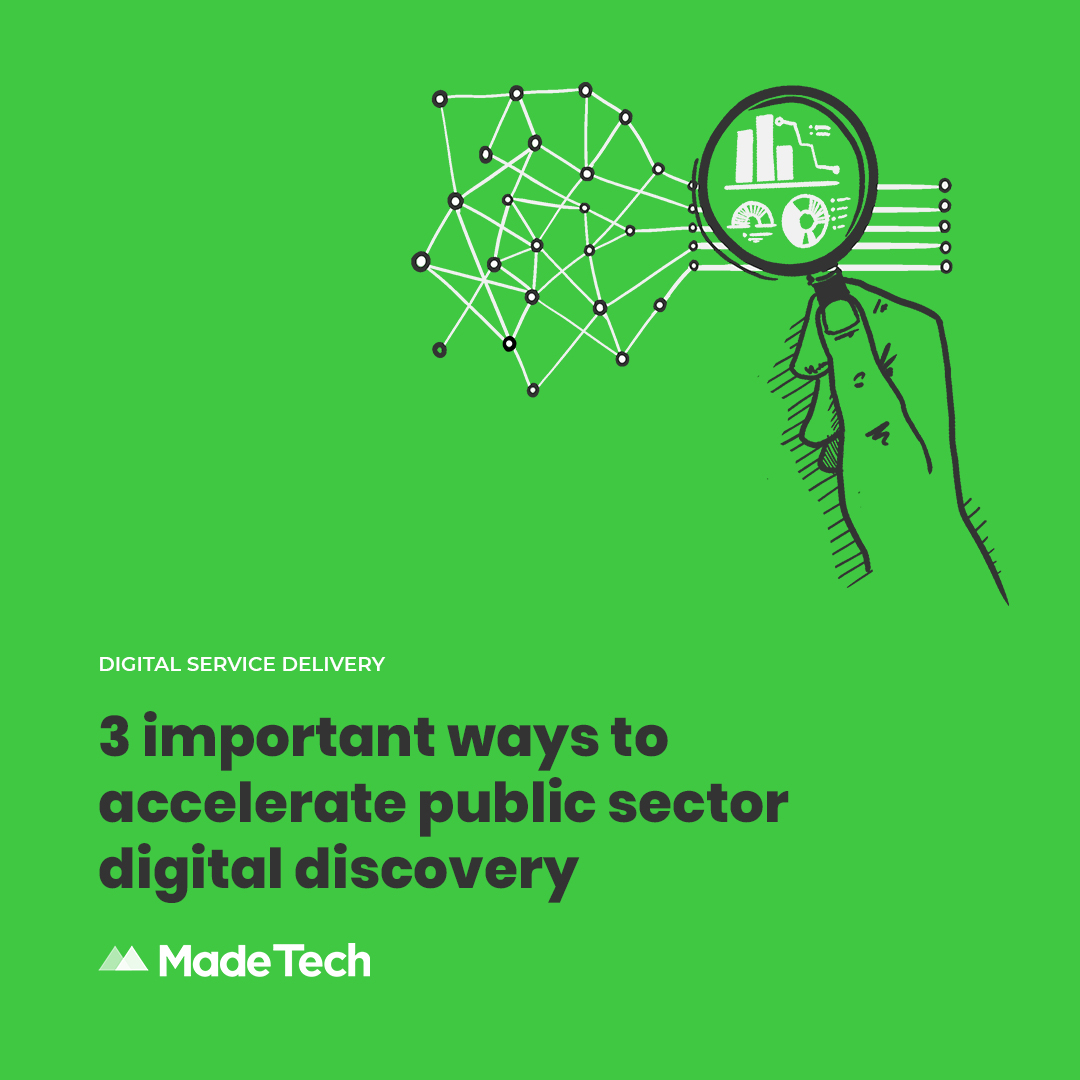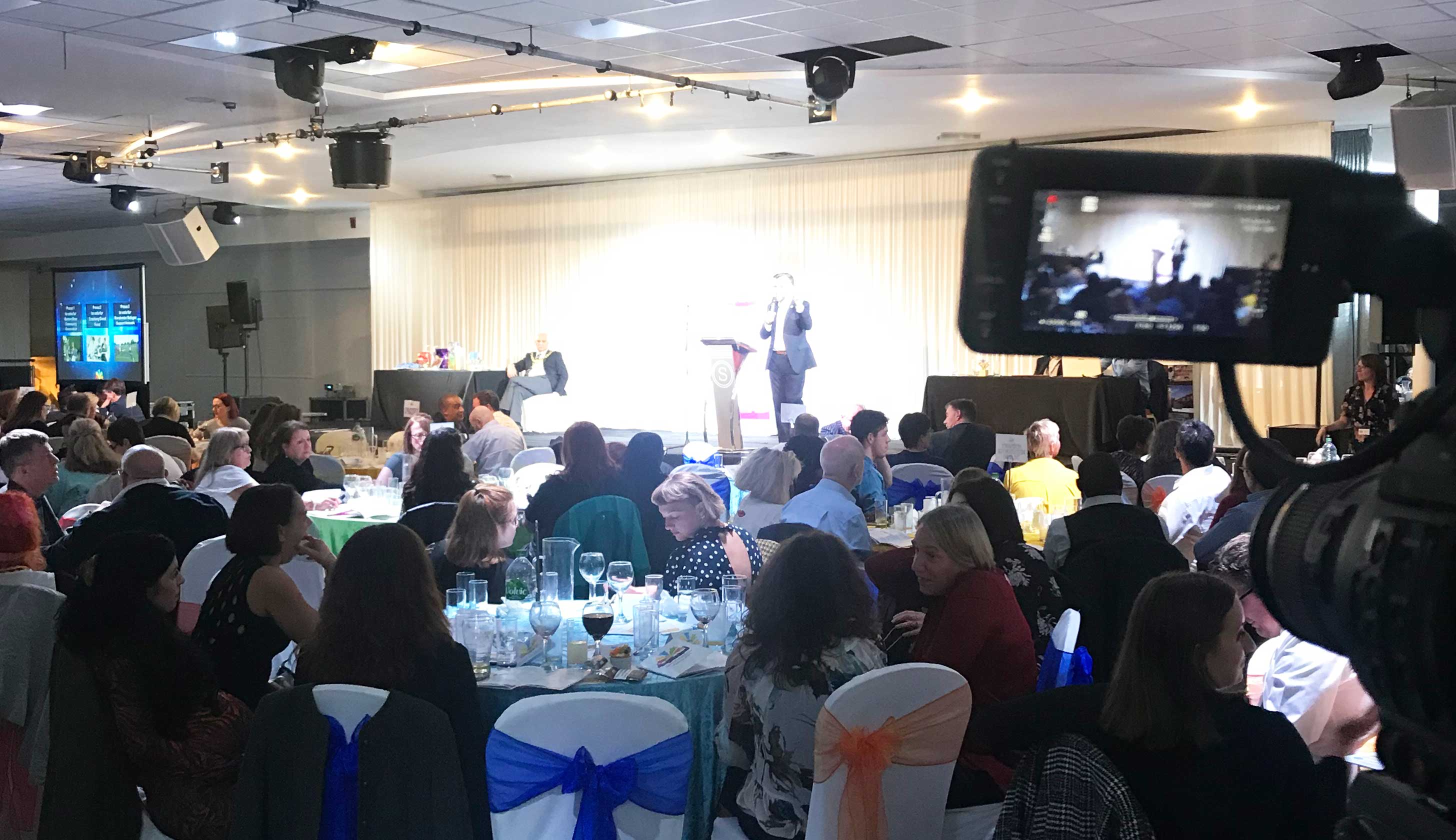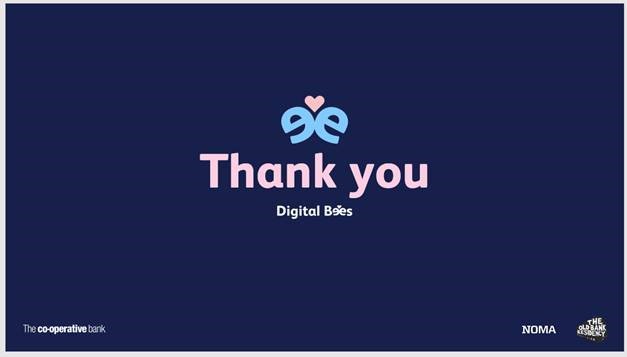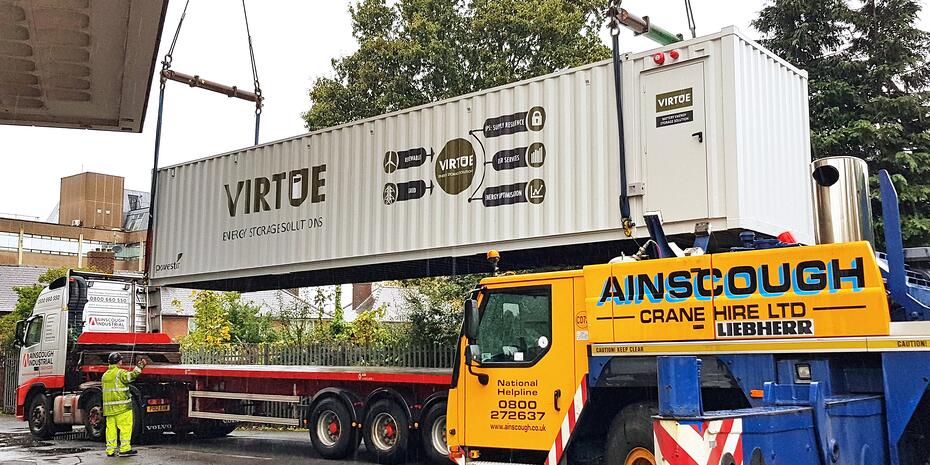
As we’ve learned in my previous posts, accelerating the discovery phase of your digital delivery not only enables you to deliver value more quickly, but it also speeds up learning, reduces the potential for rework, and most importantly, gets your solution in the hands of real users at speed.
So how can you accelerate your discovery phase without compromising the insights you gather? In the final post of this series, I’m going to recommend three key tips as to how you can achieve this successfully.
1. Decide what to do first
The concept of solving a whole problem for users is a key part of the Government Service Standard. This means considering where your service fits in with the user’s journey, and making sure you deliver a service that meets their needs across all channels.
This is important because fragmented services are difficult to use, and users should not have to understand how different organisations and services fit together in order to use a service.
But having a complex problem to solve doesn’t mean you have do it all at once. Instead, you need to prioritise the smaller problems within your reach, so that you can deliver value to users frequently and incrementally.
This approach can accelerate discovery because it means that teams are empowered to make key decisions on problem identification and recommendations for next steps more quickly without blockers. This means they are able to see the impact of their work more quickly. Having a senior sponsor to advocate for team decisions at this stage can help to avoid potential red tape, as well as frame expectations clearly around the solution.
2. Widen your team diversity
Diversity is a critical part of our experience as humans, because it exposes us to different perspectives and challenges our biases. But it’s especially important in the public sector, because organisations must serve every member of society. This is exactly why widening your team diversity is an important way of accelerating discovery — but it’s a step that’s often overlooked.
Widening team diversity means that project teams need to think outside of the box when selecting the right people to help solve a problem more quickly. This may include recruiting team members from the service user group, or people from a non-digital background.
Building a team that includes these non-digital perspectives means that teams are more likely to understand the context and constraints of a project far more quickly. They’re also more likely to avoid the pitfalls of groupthink, and are more comfortable with uncertainty, meaning they can progress more quickly through discovery.
3. Take a multidisciplinary approach
Accelerating your discovery phase hinges on understanding and quantifying the problem you need to solve from a number of perspectives. During inception and kick off, this means taking a multidisciplinary approach to define the problem, map users and capture existing assets, as well as confirming ways of working, roles and responsibilities.
We’ve identified three key elements where teams can speed up their processes and optimise their ways of working to accelerate discovery.
- Research
- Service mapping
- Technological review
Research
Research helps teams begin to build a picture of service user needs, and may also unearth unexpected or unknown details — but this process can take time to complete.
Accelerating discovery in the research phase means that teams should research in sprints, and continually ask themselves whether or not they’ve learned enough to start designing. Everyone should get involved in this part of the delivery — including non-researchers such as developers — and teams should share findings little and often.
Accelerate this by: Finding new ways to understand service user pain points more quickly, like listening in on phone calls. When we worked with Hackney Council, we accelerated the research phase of discovery by listening to calls between service users and caseworkers. This removed the need for large numbers of interviews, but helped us understand the user needs far more quickly.
Service mapping
Developing an as-is service blueprint enables teams to understand the user journey and their key pain points, as well as helping teams identify changes that are more cost-effective and better meet user needs.
Accelerate this by: Engaging staff users in a short workshop, allowing them to map out the initial service and their experiences of using it. This enables teams to gain an understanding of the as-is service and pain points more quickly through the eyes of the users.
Technology review
When considering building a new service, teams must conduct a full review of any potential technological constraints, including existing technical skill sets and capabilities at the organisation, skills gaps, how the as-is technical infrastructure fits these skills, and cost of change.
Accelerate this by: Using your service blueprint to help you make recommendations and possible temporary solutions. When we worked with UKRI to develop a deadline-driven migration and decommissioning strategy, we used the as-is service blueprint to help us propose temporary solutions such as APIs and microservices to help them migrate and decommission legacy technology while still delivering value.
How we can help accelerate discovery in your organisation
We’ve helped organisations including the NHS, Ministry of Justice, DVLA and many more accelerate their digital service delivery at all phases to improve the lives of millions of citizens across the UK.
We recently published our newest whitepaper: Accelerating discovery in public sector digital service delivery. Download it here for free, or get in touch with us to find out how we can help you through discovery and beyond.








